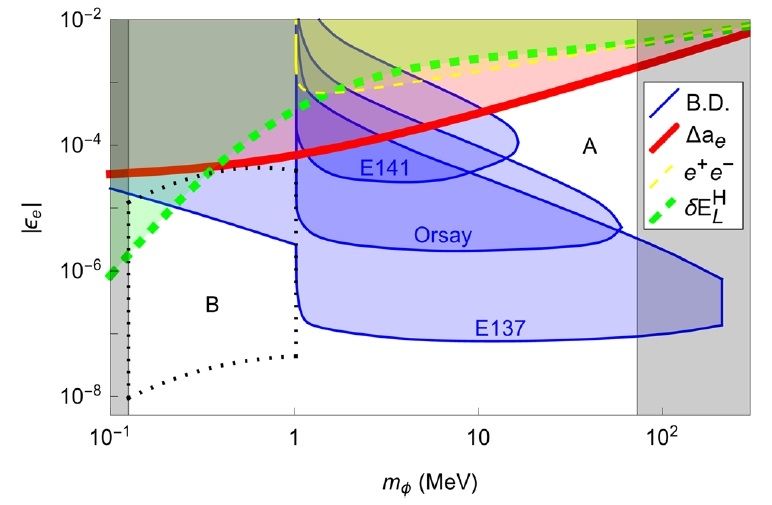(Phys.org)—Although the Large Hadron Collider’s enormous 13 TeV energy is more than sufficient to detect many particles that theorists have predicted to exist, no new particles have been discovered since the Higgs boson in 2012. While the absence of new particles is informative in itself, many physicists are still yearning for some hint of “new physics,” or physics beyond the standard model.
In a new paper published in Physical Review Letters, physicists Yu-Sheng Liu, David McKeen, and Gerald A. Miller at the University of Washington in Seattle have hypothesized the existence of a new particle that looks very enticing because it could simultaneously solve two important problems: the proton radius puzzle and a discrepancy in muon anomalous magnetic moment measurements that differ significantly from standard model predictions.
“The new particle can account for two seemingly unrelated problems,” Miller told Phys.org. “We also point out several experiments that can further test our hypothesis.”
